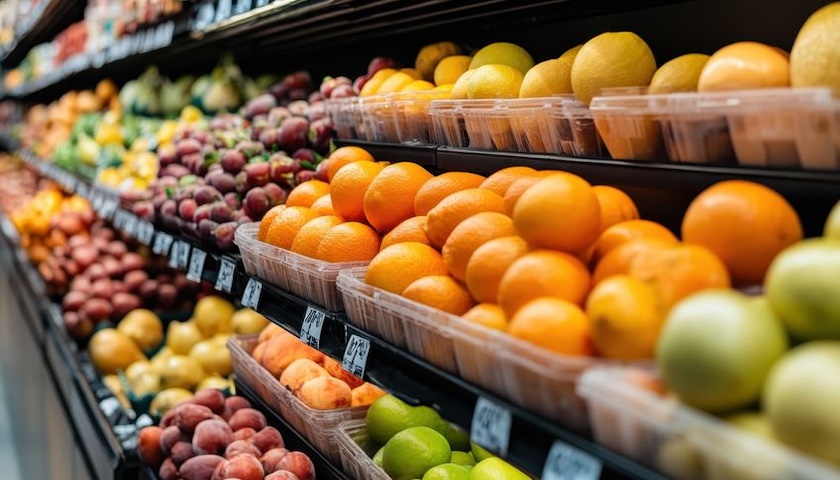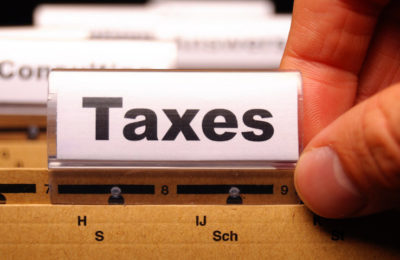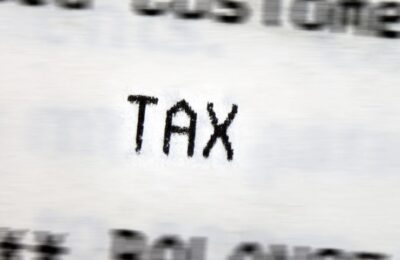A study by researchers at University College London has found that reforming VAT on food could lead people to adopt more healthy and sustainable diets.
Currently, in the UK, VAT on most food and drink is zero rated. However, there are some exceptions. Items like alcoholic drinks, crisps and savoury snacks, ice cream and confectionary, attract standard rate VAT at 20%.
What the study looked at
The study looked closely at VAT rates applied by both the UK and European Union countries. It then used a variety of assessments to estimate what impact changing these rates would have.
The findings generated insights that could shape future VAT rate policy. For example, the study found that retaining a zero rate of VAT on fruits and vegetables, while increasing the VAT on dairy products and meat to 20% would lead to healthier diets. In the EU, an increased VAT rate would lead to one less portion of both meat and dairy per person per week. In the UK, this would rise to two portions of each group weekly.
The impact of reforming VAT on food
The study could have important implications for future health and taxation policies. Eating more fruit and vegetables and less meat and dairy would help cut diet-related diseases. This would mean fewer cases of heart disease, stroke, cancer and diabetes, to name just a few. It would also mean 170,000 fewer deaths across the UK and the EU.
Additionally, because there would be less demand for beef and milk, climate warming gases would be cut. In the UK, this would amount to the equivalent of half of London’s emissions. There would also be less demand for agricultural land. The reports authors calculate that, in the UK, an area the size of Wales would be freed from agriculture. Water pollution would also be slashed by one tenth.
What about the cost of living?
One of the main objections to reforming VAT on food is that it would make household grocery bills soar. However, the report’s authors believe this wouldn’t happen. Indeed, because many shoppers would buy more (lower-priced) fruit and vegetables and less meat and dairy, the new diet would be similarly affordable. In addition, reforming VAT on food could generate extra revenue equivalent to 0.6% of the UK’s GDP.
That said, it’s highly unlikely that the VAT reform proposals will be welcomed by dairy or meat farmers, many of whom would be unable to weather a drop in demand for their products.
Will VAT on food be reformed?
It’s not easy to say whether VAT on food will be reformed in the foreseeable future. In its 2024 manifesto, the Labour Party promised not to raise VAT rates during the current parliament (although it did follow through on a promise to levy VAT on school fees).
Having said that, the basic 20% rate of VAT hasn’t gone up since 2011. With a government that has very little fiscal headroom, a future raise in VAT could be an attractive proposition. This would be even more the case if future rises are linked to positive health and environmental outcomes.
For the time being, we’ll just need to wait and see. However, if you do charge VAT on your goods and / or services, it’s crucial to charge the right rate. With our VAT returns service, we can advise you on VAT rates as well as making sure your returns are submitted accurately and on time. Drop us a line today to find out more.
About Jon Pryse-Jones
Since joining THP in 1978, Jon Pryse-Jones has been hands on with every area of the business. Now specialising in strategy, business planning, and marketing, Jon remains at the forefront of the growth and development at THP.
An ideas man, Jon enjoys getting the most out of all situations, “I act as a catalyst for creative people and encourage them to think outside the box,” he says, “and I’m not afraid of being confrontational. It often leads to a better result for THP and its clients.”
Jon’s appreciation for THP extends to his fellow team members and the board. “They really know how to run a successful business,” he says. He’s keen on IT and systems development as critical to success, and he continues to guide THP to be at the cutting edge and effective.
Read more about Jon Pryse-Jones More posts by Jon Pryse-Jones











